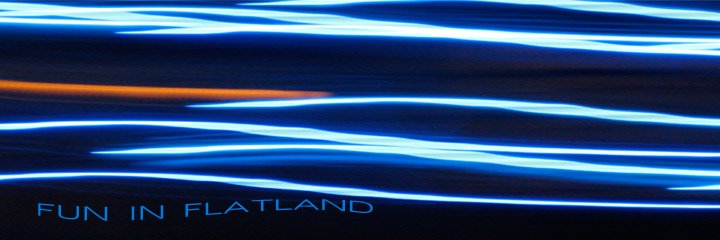Hoof comparison
 First picture was taken in January 2006. This is the right front hoof. The shoes had been pulled off December 18, 2005. My horse started his journey to barefoot soundness with a great deficit as the farrier trimmed the sole away as he normally does when he shoes a horse. Difference is that this time this horse was staying barefoot and needed ALL the protection from the rocky environment he could get.
First picture was taken in January 2006. This is the right front hoof. The shoes had been pulled off December 18, 2005. My horse started his journey to barefoot soundness with a great deficit as the farrier trimmed the sole away as he normally does when he shoes a horse. Difference is that this time this horse was staying barefoot and needed ALL the protection from the rocky environment he could get.
Notice the elongated, narrow frog, and the very flat foot, especially at the apex of the frog. If one looks closely one can make out the location of P3.. it is a crescent shape that goes around the inner perimeter of the hoof (curving away to the bottom right, away from the letters RF and curving to the bottom left). Here is the right front foot again. This picture taken June 22, 2007. The hoof could be 100% sound by now, but I have not been diligent enough in providing him heel comfort- either through mistakes in trimming, or by not having him in boots with some cushioning at the heel. Notice that the heels and the area of the frog closest to the heel are starting to widen. The entire hoof capsule has lost its oblong, narrow shape and has widened. These changes are good - the wider, thicker frog means that it is putting on callousing layers and this will lead to heel comfort. Since the hoof has been free of a shoe it has spread and balanced itself to create the best weight bearing surface for the body.
Here is the right front foot again. This picture taken June 22, 2007. The hoof could be 100% sound by now, but I have not been diligent enough in providing him heel comfort- either through mistakes in trimming, or by not having him in boots with some cushioning at the heel. Notice that the heels and the area of the frog closest to the heel are starting to widen. The entire hoof capsule has lost its oblong, narrow shape and has widened. These changes are good - the wider, thicker frog means that it is putting on callousing layers and this will lead to heel comfort. Since the hoof has been free of a shoe it has spread and balanced itself to create the best weight bearing surface for the body. The top 2 inches of the hoof from the coronet band downward is showing new growth at a slightly different angle from the rest of the hoof. The new growth looks different from the bottom portion of the hoof because there was either a sudden change in diet (hay in our case) but grain could do it too.. or it could have been the huge amount of vaccinations he received in February that caused a mild laminitis event. Or it is a combination of several factors. Diet and exercise play an enormous part in the health of the hoof. A horse that has a weedy, crummy, pasture and has to walk around all day to find food is far better off than a horse who stands around in a lush pasture.
The top 2 inches of the hoof from the coronet band downward is showing new growth at a slightly different angle from the rest of the hoof. The new growth looks different from the bottom portion of the hoof because there was either a sudden change in diet (hay in our case) but grain could do it too.. or it could have been the huge amount of vaccinations he received in February that caused a mild laminitis event. Or it is a combination of several factors. Diet and exercise play an enormous part in the health of the hoof. A horse that has a weedy, crummy, pasture and has to walk around all day to find food is far better off than a horse who stands around in a lush pasture.
If you are interested in what you can do to improve your stabling situation at home I suggest reading a book by the title of Paddock Paradise by Jamie Jackson. Also go to the web page of Pete Ramey and read ALL of his articles and then if you decide to trim your own horses feet buy his book. It supplies more information not found in his articles.
Here is why I advocate Pete's approach to barefoot trimming: he is looking at the topography of the foot and trimming it accordingly to what he reads in the sole. In other words he doesn't do the same standard trim on each foot. Every single foot on a horse is different, and it needs to be treated as such. Pete won't trim more than he has to in order to make a foot look pretty. Pretty doesn't equate to soundness- if you look at the photographs on his site you will see what I mean. His is a careful, conservative approach based on what he sees in the foot- not a formula of angles, etc. that someone has calculated. Also he talks about the environment a horse lives in, and the diet as well. You can have the best trims in the world but they will be undone by a poor diet i.e. one high in sugar! Read THIS to see what I mean. Best of luck to all of you.






No comments:
Post a Comment